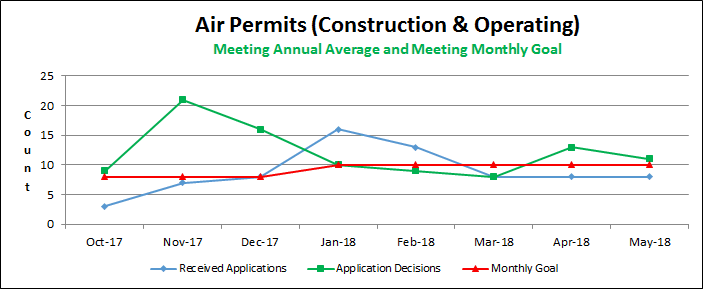May 2018 Metrics Report




A combined sewer system collects rainwater, domestic sewage and industrial wastewater into one pipe. Sometimes the volume exceeds the capacity of the conveyance system, such as during heavy rainfall events. These events are called Combined Sewer Overflows (CSOs).
In 1994, EPA established a framework for how communities control CSOs. Currently 772 communities in the United States are subject to CSO regulations. In 2007, the City of Omaha and the NDEQ entered into a Consent Order for addressing the Omaha CSOs by 2027. The schedule in the order was revised in early 2018 for a final compliance date of 2037. Omaha’s control plan strategy was developed to not only upgrade the city’s sewer system, but also provide for reductions in combined sewer backups into homes, reduced street flooding, and opportunities for infrastructure and utility improvements. The cost of the improvements is estimated at $2.2 billion (2015).

Reducing pollutant discharge to the Missouri River and Papillion Creek and ultimately improving water quality is one of the key goals of the CSO Program.
Based on projects completed to date, computer models estimate a 30% reduction in E. Coli bacteria, and future projects are estimated to eliminate almost 90% of the bacteria present in local rivers and streams.

Emerging Risks / Issues: NDEQ received a request from the Dept. of State asking if NDEQ wanted to be a “Cooperating Agency” (CA) for purposes of the review of the pending federal Supplemental Environmental Impact Statement. The SEIS is needed as the Public Service Commission approved an alternative to the original route proposed by Keystone. As a CA, NDEQ will receive draft and final documents and be invited to associated public meetings. NDEQ’s final review of the Main Line Alternative Route was previously shared with the Dept. of State. NDEQ will monitor how our review impacts the Dept. of State’s final documents.
Accomplishments: NDEQ has developed and published on line a “permit matrix” to assist the regulated community in determining what permits are applicable to their facility. The matrix provides direct links to regulatory references, permit application forms and guidance documents that will be useful to both new and expanding facilities. NDEQ enlisted the help of the Dept. of Economic Development and the Nebraska Dept. of Agriculture in reviewing the matrix. It is NDEQ’s intention that the matrix will continue to be refined with time and provide a means for the regulated community to find answers to common questions in an effective manner.
Misc. Items of Note: NDEQ participated in the Agriculture Response Management and Resources tabletop exercise hosted by the Nebraska Dept. of Ag and sponsored by USDA. The exercise involved multiple states and a number of Nebraska agencies. The exercise tested communication, coordination, logistics, supply chain management and planning. The scenario involved a multi-state outbreak of Foot and Mouth Disease. NDEQ plays a supporting role to NDA in the implementation of the State Emergency Response Plan in these types of incidents.